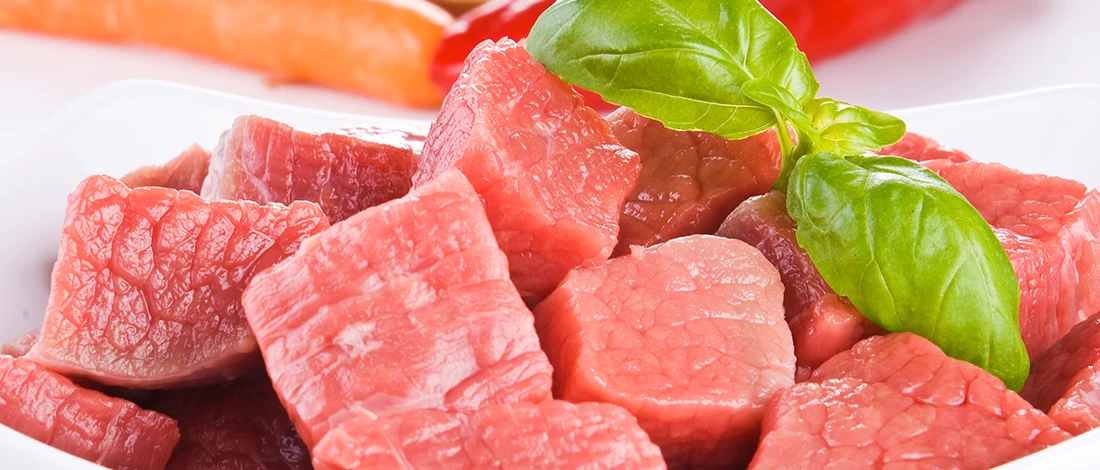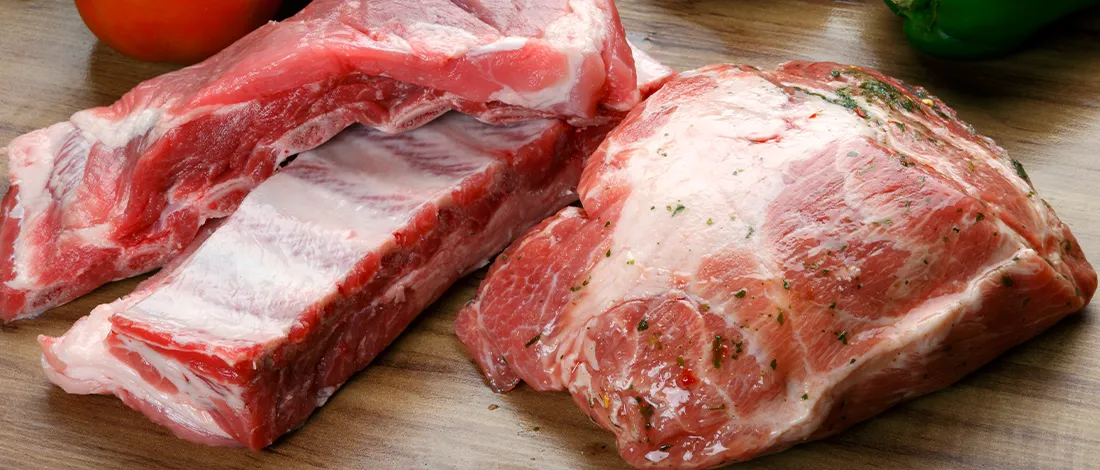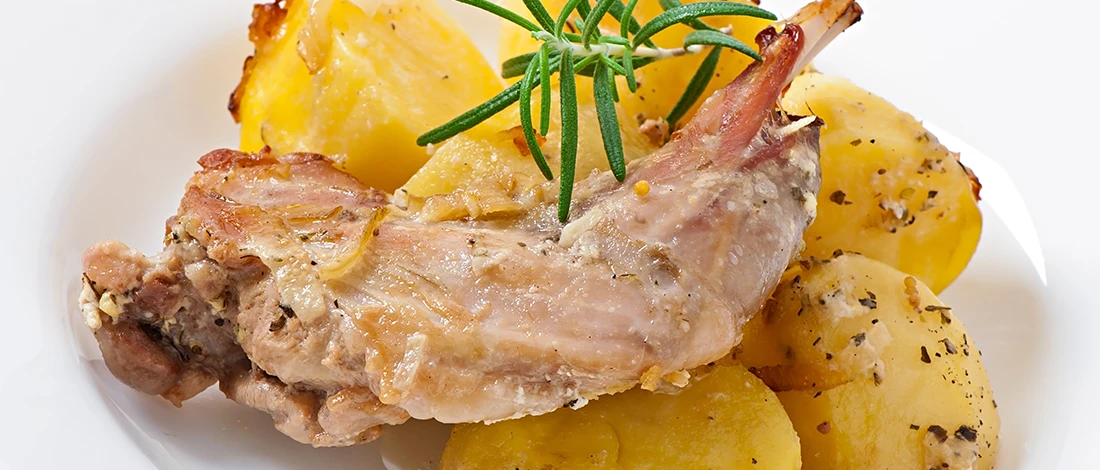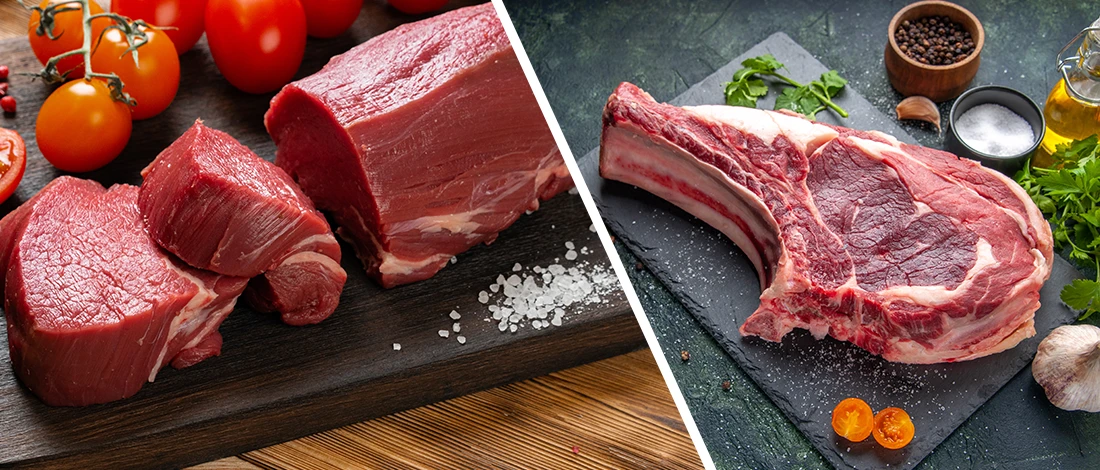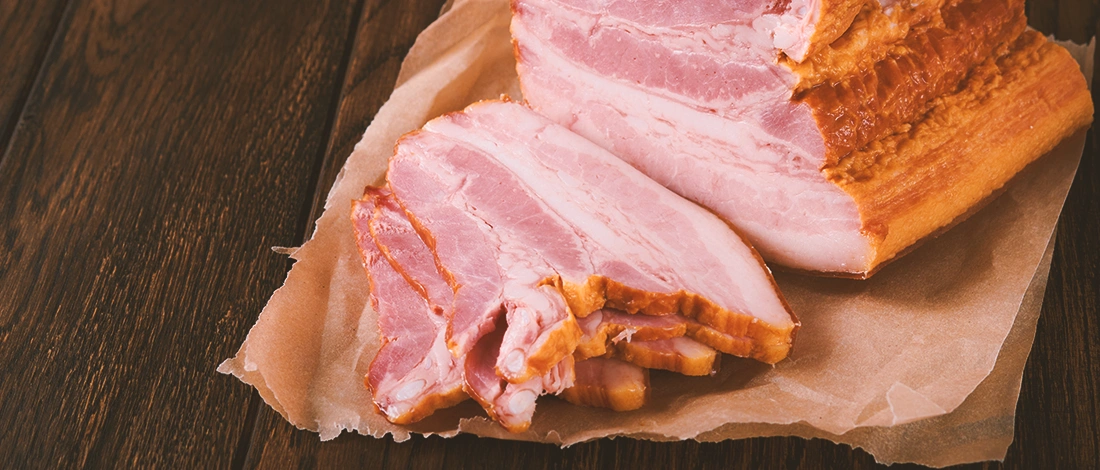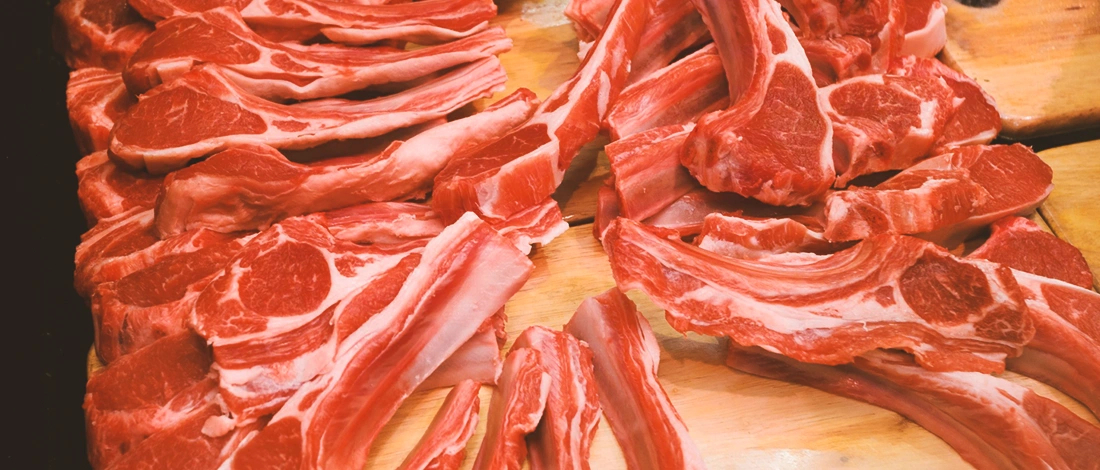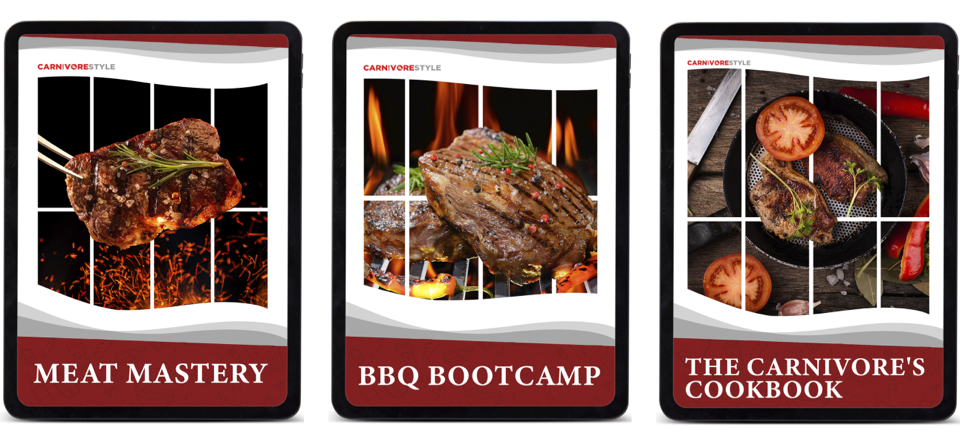Transforming tough cuts of meat into soft, succulent delicacies can be challenging, but a meat tenderizer is an essential tool to help achieve the perfect texture.
From my years of cooking different cuts of meat, using a meat tenderizer is the best of tricks. But with so many options on the market, it can be not easy to differentiate which one works best.
That’s where Carnivore Style’s team comes in, providing expert insights to help you choose the right tools.
So, we did our research to help you understand the intricacies of meat tenderizers, including how you can use them to make the perfect steak every time.
Quick Summary
- A meat tenderizer breaks down the fibers in the meat, making it soft and easy to chew.
- Meat tenderizing can be done via mechanical or chemical means.
- Mechanical tenderizing is the most effective method, but chemical tenderization can add flavor to the meat.
- Consider getting your meat from a reliable provider. The options are many, but you can choose from the 11 best meat delivery services we’ve reviewed.
What a Meat Tenderizer Does
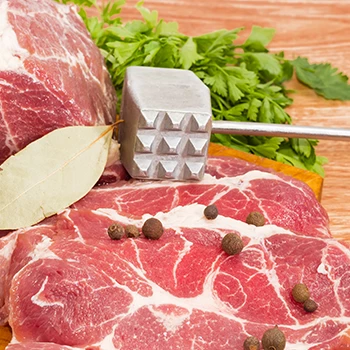
A meat tenderizer is a useful kitchen tool that softens tough meat by breaking its muscle fibers. This process can occur in two ways: natural or artificial tenderization [1].
Natural or enzymatic tenderisation involves using natural enzymes found in fruits like pineapple or papaya. These enzymes can break down the peptide bonds that make meat tough.
Alternatively, artificial or mechanical tenderization requires a meat mallet or tenderizer hammer to physically break down the meat fibers. This method is best suited for tougher cuts of meat that require more effort to become tender.
Overall, a meat tenderizer is a valuable tool in the kitchen that can improve the texture and flavor of various types of meat. Whether you use enzymatic or mechanical tenderization, you are more likely to experience a big difference in your cooking.
WHY DO PEOPLE TENDERIZE MEAT?
People tenderize meat to break down the proteins in meat that can make it hard to chew and to help the meat absorb flavors more easily.
The first reason is self-explanatory—tenderizing meat makes it less tough and thus easier to eat. This occurs because the tough connective tissue that holds the muscle fibers together is degraded, which makes the meat more tender.
The second reason is less apparent but also important. When you pound the meat with a hammer (or any other blunt object), you're essentially creating thousands of tiny pockets or crevices on the surface of the meat.
These crevices act like sponges, soaking up rubs so that your food is infused with a flavor all the way through.
2 Types of Meat Tenderizers and How to Use Them
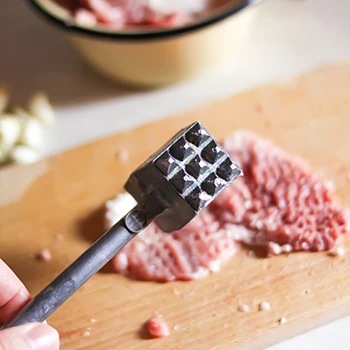
Mechanical Tenderizers
Mechanical tenderization is when you physically break down the connective tissues in the meat. The most common mechanical tool is a meat mallet with blunt or spiked heads [2].
However, some meat pounders have a series of sharp blades that make small slices in the meat fibers and connective tissue.
Instead of a blade tenderizer, some units are made up of needles that puncture holes in the surface of your pork, poultry, or beef.
If you don't have a mallet, you can use a rolling pin or even a cast-iron skillet to do the job.
Using a mechanical meat tenderizer correctly is pretty straightforward; you simply pound the meat with the textured side or the flat side of the hand-powered tool on a cutting board until the food reaches the desired level of tenderness.
Some people like pounding meat for only a few minutes before cooking it. In contrast, others will let it sit overnight in the refrigerator after tenderization to break down the fibers.
When using a mechanical tenderizer, you'll want to be careful not to overdo it.
If you use the meat pounder too much, you'll end up with mush instead of steak. Also, ensure you evenly distribute the hitting so that the steak is of even thickness throughout.
The primary advantage of the meat mallet method is that it's relatively quick and easy to do. The downside is that it will cause the meat to lose some of its juices, drying it out and making it less flavorful.
Chemical Tenderizers
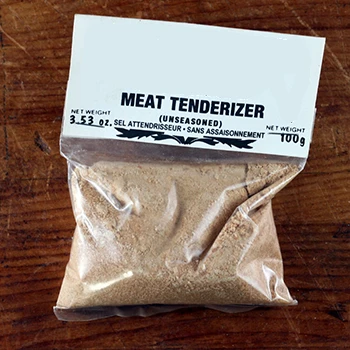
A chemical meat tenderizer is a powder or marinade that contains enzymes that act as catalysts to speed up a chemical reaction.
When tenderizing meat, enzymes break down the proteins and tight muscle fibers, making the meat more tender.
There are two main types of chemical meat tenderizers: powders and marinades.
A powdered meat tenderizer usually contains enzymes from papaya or pineapple.
These fruits contain enzymes called papain and bromelain, which are especially effective at breaking down protein cells in the muscle tissue of the toughest meats [3].
"If you really want to use a cheap kind of meat, you need to tenderize it first, and one of the great ways to tenderize a steak is by using natural enzymes from fruit."
- Gustavo Tosta, Chef
You simply sprinkle the powdered meat tenderizer over your steak and then massage it into the meat. Leave the steak to sit for thirty minutes to a few hours before cooking.
Note: many commercial meat tenderizers contain lots of salt and monosodium glutamate.
This meat tenderizer powder will tenderize steak and other tough meats, but those additives have been associated with high blood pressure.
Marinade tenderizers usually contain acids like apple cider vinegar, lemon juice, lime juice, pineapple juice, or buttermilk.
The acid in this natural meat tenderizer works similarly to enzymes by breaking down proteins and making the meat more tender.
Other chemical tenderizing options for tougher cuts of meat include marinades made with:
- Tea
- Soy sauce
- Baking soda
- Kosher salt
- Red wine
- Coffee
To marinate steak, simply submerge the tough cut of meat, cover with plastic wrap, and leave it in the refrigerator for at least an hour before cooking. This method works well for tough meat cuts like flank steaks, skirt steaks, sirloin steak, and tri-tip steak.
The Most Effective Type of Tenderizer
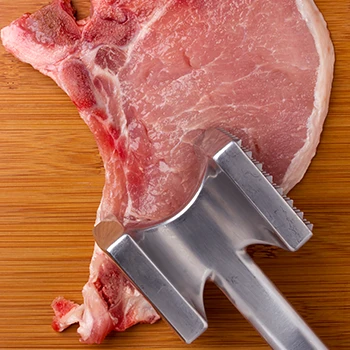
Overall, mechanical tenderizers are more effective than powdered meat tenderizers.
They are good because they physically break down the connective tissues in the meat rather than just weaken them.
Further, a mechanical mallet can disrupt tissue deep within the cuts of meat, while a chemical tenderizer can only reach the depth of the marinade or powder.
Both methods can be effective at tenderizing meat if used correctly. A mechanical tenderizer will work best if you're aiming for maximum tenderness.
But if you're looking to add some taste simultaneously, using a marinade or powder would be the better option.
A final option, slow-cooking meat, is also available. A slow cook over low heat can help the toughest meats lose their chewy texture.
This tenderizing method can be added to pounding meat or powdered tenderizers to break up the muscle tissue on tough cuts of meat. This can be done either in a slow cooker or a smoker grill.
Related Articles:
FAQs
Is Meat Tenderizer Necessary?
Whether meat tenderizer is necessary depends on the cut of steak you are cooking. Cuts such as ribeye and T-bone steaks are naturally tender and do not need a tenderizer, while flank steak, brisket, and tri-tip may benefit from tenderization.
Does Meat Tenderizer Make Meat Cook Faster?
Meat tenderizers can make meat cook faster. This is because the mechanical process of tenderizing meat thins it out, making it easier for heat to penetrate the food and reduces the cooking time.
How Long Does Meat Tenderizer Take to Work?
The meat tenderizer takes approximately 30 minutes to complete the tenderization process before cooking.
Nevertheless, the time required is contingent upon the thickness of the meat cuts.
Is It Okay to Use Meat Tenderizer on Steak?
It’s okay to use meat tenderizer on steak. Meat tenderizer breaks down collagen in steak for a softer texture.
What is the Best Tenderizer for Tough Meat?
The best tenderizer for tough meat is the meat mallet. This technique not only proves straightforward in execution but also boasts exceptional efficacy when dealing with tough cuts such as chuck steak.
What are the Two Different Sides of A Meat Mallet?
The two sides of a meat mallet are the spiky and flat surfaces. The former is primarily utilized to soften connective tissues and fibers, while the latter flatten cutlets uniformly.
To make the most of your carnivore diet and elevate your meals, choosing the right tools is key. Carnivore Style’s team has explored the best methods and products to enhance your cooking experience. Check out our other guides for more tips on transforming your cuts into delicious, tender meals every time!
References:
- https://www.pbs.org/food/fresh-tastes/tenderizing-meat/
- https://foodandnutrition.org/january-february-2017/mallets-pounders-valuable-kitchen-tools-meat-poultry/
- https://www.ncbi.nlm.nih.gov/pmc/articles/PMC10047955/#


